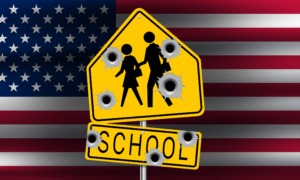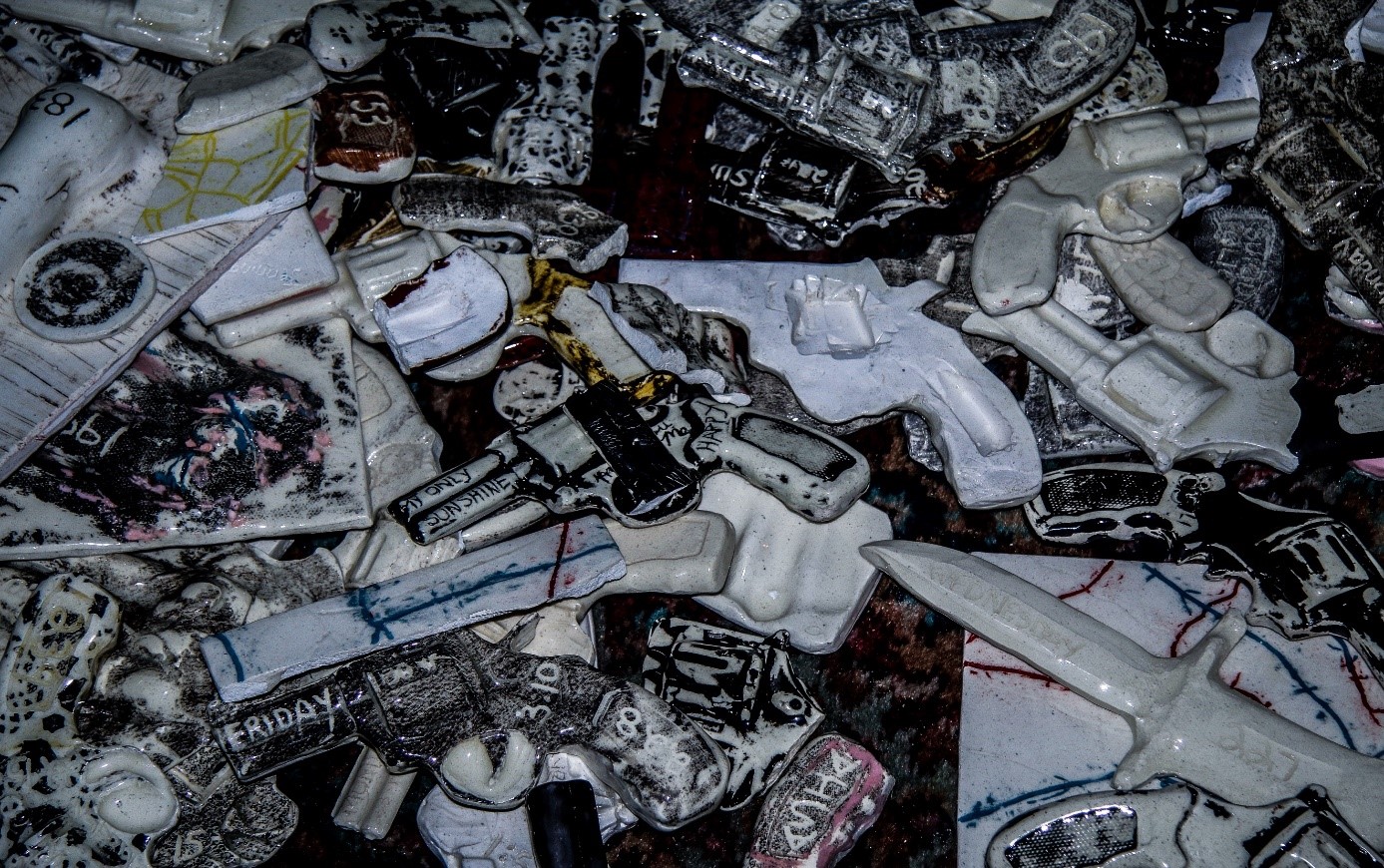
Justin Cho
.
Violence perpetrated by youth continues to have far-reaching costs for society: It contributes to injury, community dysfunction, poor physical and mental health, lost economic output and premature death. In the United States, an average of 12 young people die from homicide every day, and homicide remains the third leading cause of death among youth 10 to 24 years old.
Beyond the impact of youth violence on health and longevity, youth violence also contributes to behavioral and mental health problems of victims and relatives of victims of violence, including subsequent violence perpetration and victimization.
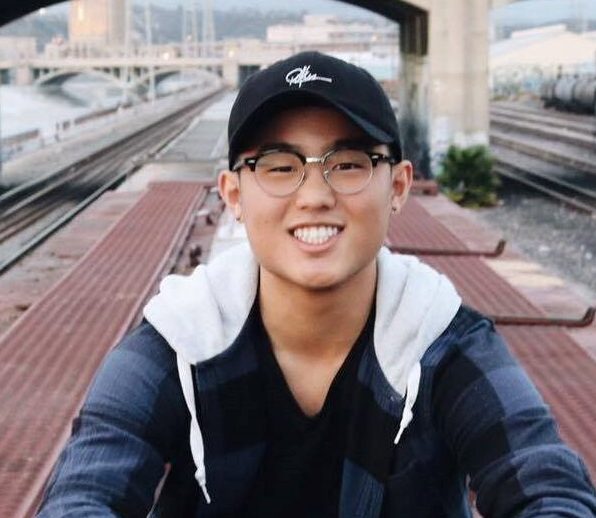
Justin Cho
In Baltimore, violent crime plagues the city like a disease. In April 2015, Baltimore experienced civil unrest following the death of Freddie Gray Jr., who was 25 at the time. This led to a sharp increase of 15.2 percent in Baltimore’s homicide rate following this incident, with 342 homicide-related deaths recorded in 2015.
2017 was consistent with 2015-2016 in terms of homicides, with 343 homicides total. According to the Baltimore City 2017 Neighborhood Health Profile by the Baltimore City Health Department, the youth homicide numbers have been just as dark. The homicide rate was 3.9 per 10,000 residents (all ages). However, for youth (under 25 years old), the homicide mortality rate was 31.3 per 100,000 youth.
In 2018, USA Today reported Baltimore to be the most dangerous city in the United States per capita. According to the Baltimore Sun’s Baltimore Homicide database, there were 235 homicides reported in 2018 as of Oct. 3, of whom more than one-quarter were youth. Moreover, 80 percent of these victims were black, and 71 percent were black males. These numbers will likely continue to increase for 2018.
Of course, Baltimore is not the only city that has recently seen a rise in violence rates; other major cities, such as Washington and Milwaukee, have also had an overall spike in violence the past few years. Yet other U.S. cities have seen a decline in their violence rates, especially regarding homicide. For example, according to USA Today, cities like New York and Houston have seen decreases in homicide rates.
In response to increased homicide rates in Baltimore since Freddie Gray Jr.’s death, efforts to prevent violence have intensified. To reduce (and ideally eliminate) youth violent crime, organizations like Baltimore Ceasefire have rallied together with community members to make a positive change and shift the script.
Baltimore working on healing
Erricka Bridgeford and her team, comprised of anyone interested in supporting the movement (from community organizers to artists and musicians to teenagers from the community), began Baltimore Ceasefire on Aug. 4, 2017 in hopes of organizing life-affirming events over a three-day weekend with an important yet simple goal: no homicides during a 72-hour period. The first Ceasefire event came incredibly close to meeting their goal; there wasn’t a single murder for 67 hours, reflecting a powerful step toward peace and nonviolence pertaining to the youth community.
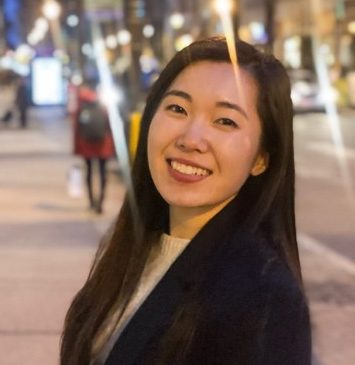
Susan You
Through outreach and media, Ceasefire has gained momentum, fueled by the passion of its members. The events, remembrances and demonstrations are accessible and developed for youth and adults alike. These efforts indicate violence prevention represents a clear public health priority, especially in vulnerable communities where violence continues to be a problem.
Inspired by the mission of organizations like Ceasefire, two of us (Justin Cho and Susan You) attended a Baltimore Ceasefire event to learn more about how to become involved and effect change. The event was sobering; held in a small alley, 301 candles were lit by community members of all ages to commemorate local deaths due to homicide in 2017.
The event offered an opportunity for open discussion, where parents were able to describe Baltimore’s tragic situation to their children. Through retrospection and reflection, the candlelight vigil was a healing event, not just for the immediate family of victims to gun violence, but for all who felt the reverberations of these tragic events. Regardless of age, Baltimore citizens came together for one cause.
Accompanying the lit candles, ceramic art created by Joules’ Studio was masterfully incorporated into the candlelight vigil. A total of 318 pieces of artwork meticulously molded by Joules Tiles were presented. Some art powerfully reflected a single victim’s death from violence in 2016, another 15 pieces were for the deaths of victims under 18 and 115 pieces represented victims aged 18 to 25. With each piece symbolizing and describing the victim’s gender, age and cause of death., the artwork guided the viewer to empathize and feel a personal connection for each loss due to homicide experienced by Baltimoreans.
We learned that the immediacy and impact of the gun violence resonates on all levels of the community, influencing even the artist herself. Tiles revealed that she created the art because of her personal connection to the Ceasefire mission; two of her friends are represented in the collection of artwork. Indeed, art has become a way for Tiles and others like her to cope with violence, using artistic skills as a direct response to the grief, pain and loss associated with homicides.
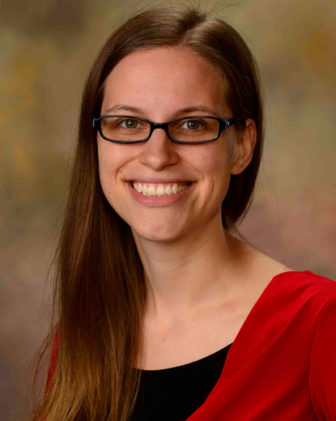
Rebecca Fix
Despite the violence that has been plaguing Baltimore, the community is working on restoration and healing. As Joules said, this is “an opportunity to transform our grief into celebration,” encouraging broken Baltimore to unite for positive change.
Such positive change is not immediate, but through time, efforts to reduce violence impacting youth have been evident. Following the first Ceasefire in August, there have been three other Ceasefire weekends, the latest in May. Although the first two did not accomplish their goal of 72 hours without any deaths, the third and fourth have been successful. In addition to the call for nonviolence, the last Ceasefire held nearly 50 community events in 72 hours.
Unification for change is only possible through people’s activism. For those interested in becoming involved in community violence reduction efforts, there are many programs available — programs with different foci and specialties, but the commonality of violence reduction.
Channeling pain into activism
One prominent example is the national youth movement March for Our Lives. Following the Stoneman Douglas High School shooting, the youth survivors rallied together to create a movement to stop gun violence across the nation. The movement was considered highly successful — garnering attention from average citizens to politicians to celebrities — and leading to marches against gun violence in cities across the nation. It was impressive that this was organized entirely by the youth, creating hope that anyone can make a positive change.
A local example of efforts to reduce violence perpetrated by youth beyond Baltimore Ceasefire (and the artwork created by Tiles) is Baltimore City Health Department’s Safe Streets, a program based off Chicago’s Ceasefire program, now called Cure Violence. Through such programs, interested community members can become involved in outreach through violence prevention efforts. Outreach members ultimately become familiar with the community in which they work, cultivating intimacy, trust and genuine relationships with the community members. The success of these interventions has encouraged proliferation of similar programs across the United States.
Through regular mass shootings and the rise in homicide rates, frustration, sadness and deep pain is felt by community members who learn about, live with or witness the loss of someone’s life to violence. The ripple effects of violence resonate on all levels of the community, permeating every person in every household, and there is a unifying power behind these shared feelings. It has been through these emotions that so many impactful programs have been created. By channeling the community’s pains, the people of Baltimore hope to ignite a positive change, one that brings forth healing and restoration.
Justin Cho is a research assistant under the leadership of Dr. Rebecca Fix in the Bloomberg School of Public Health and an undergraduate majoring in public health at Johns Hopkins University.
Susan You is an undergraduate double-majoring in public health and medicine, science, and humanities at Johns Hopkins University.
Rebecca Fix is a research faculty member at Johns Hopkins University. Her research interests include disproportionate minority contact among juvenile offenders, and the relationship between childhood abuse and perpetration of violent and/or sexual offending in juveniles.






